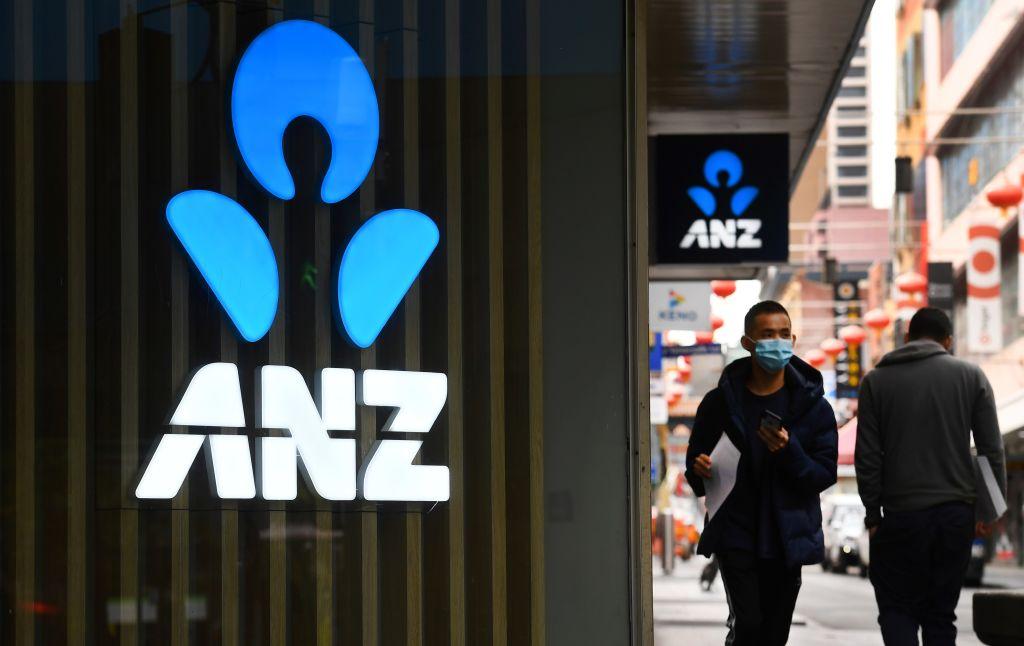Over 93 percent of young Australians use social media daily, with 73 percent seeking mental health support on these platforms, according to data presented by ReachOut Youth Advocates at a Joint Committee on Social Media and Australian Society.
While advocates acknowledged social media’s benefits, they raised concerns about risks like cyberbullying, misinformation, and addictive algorithms.





